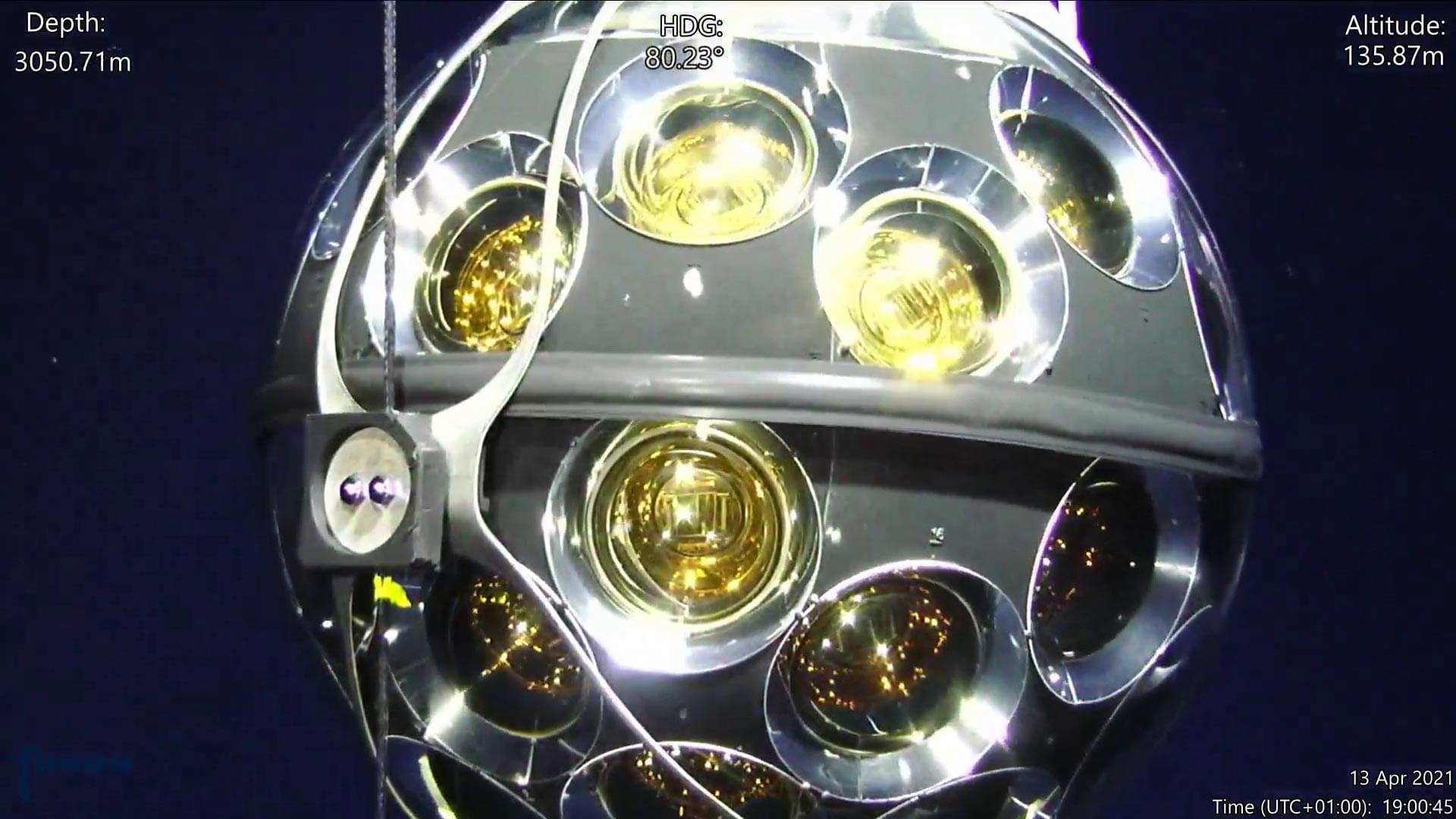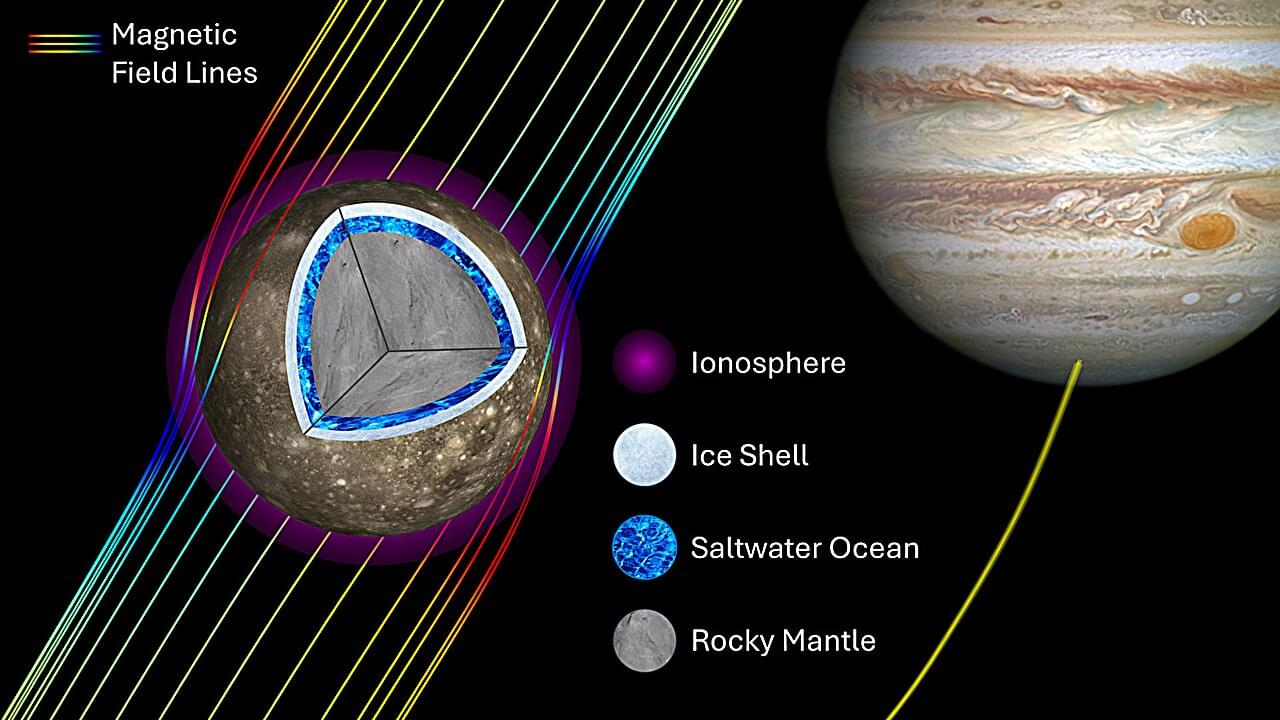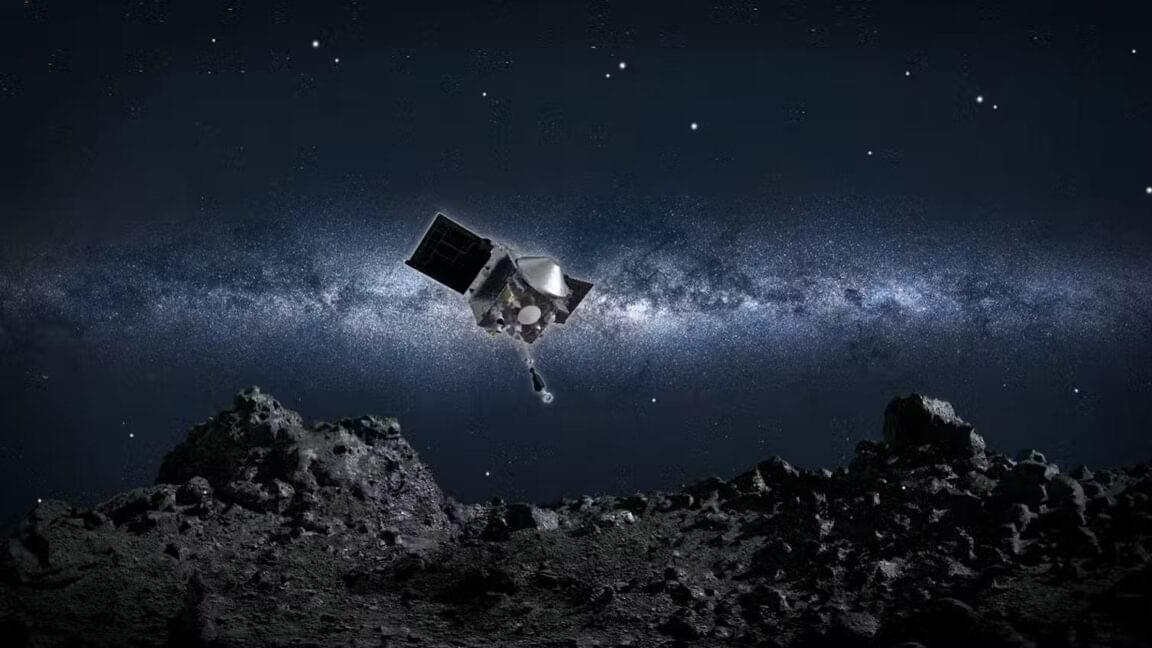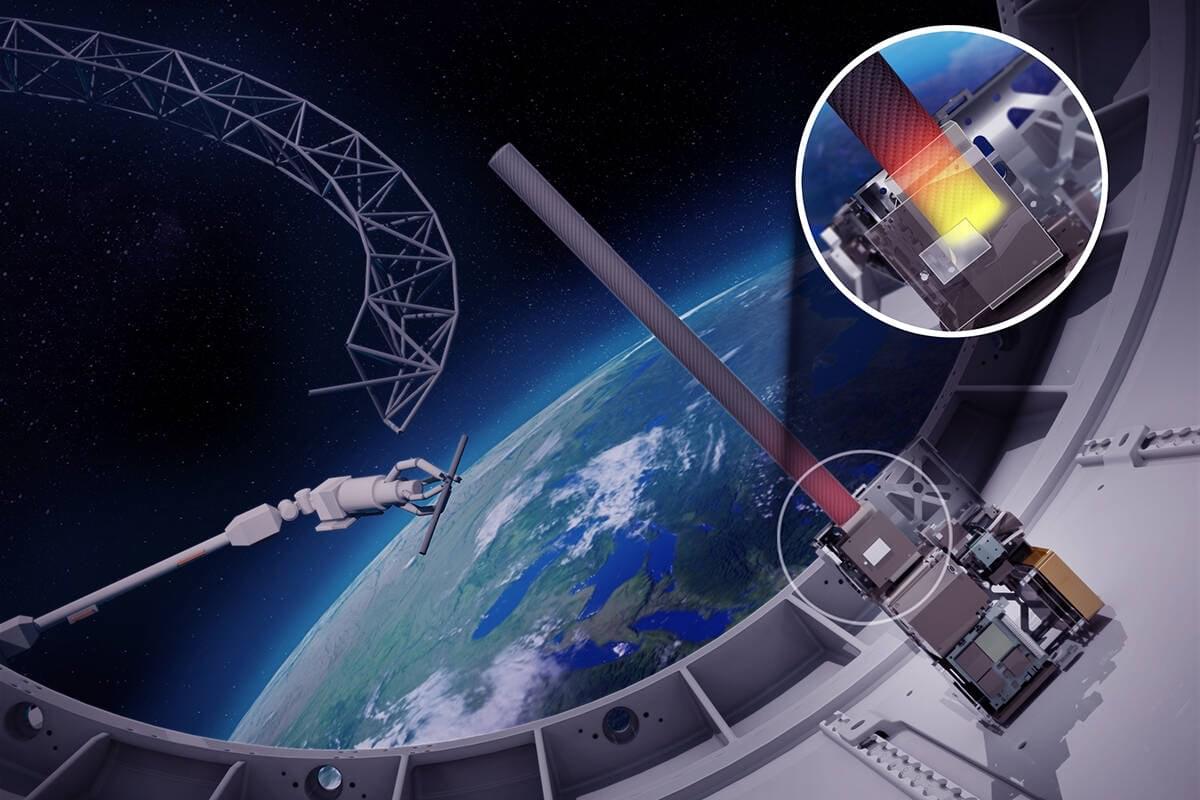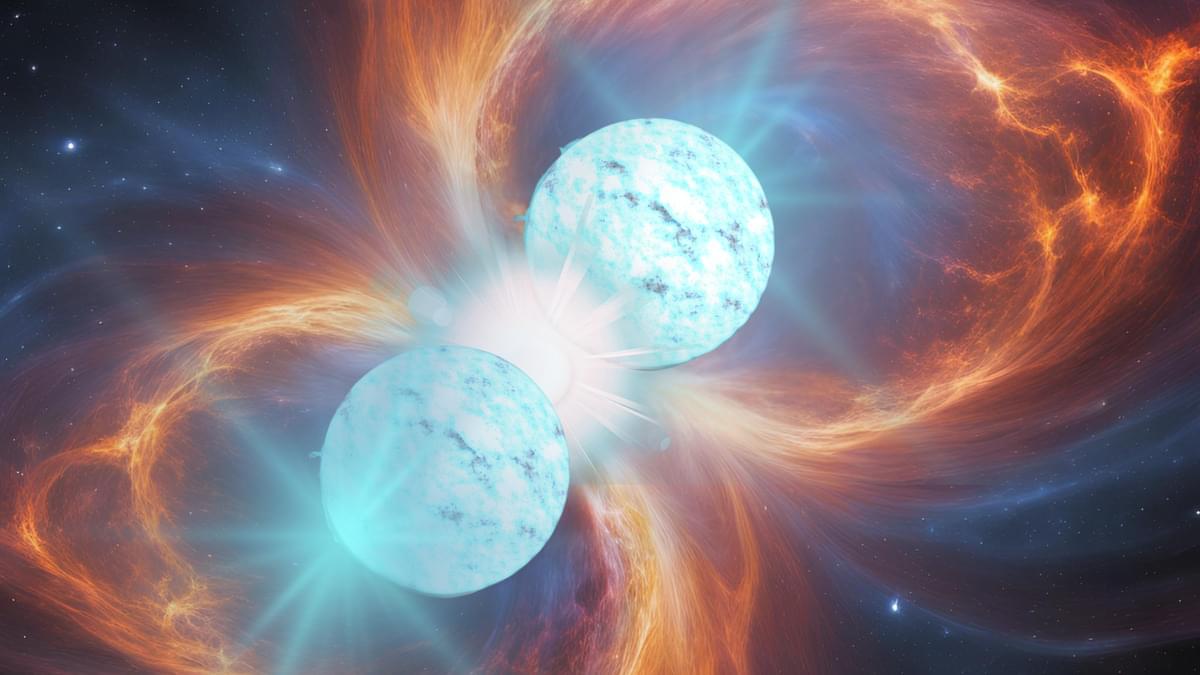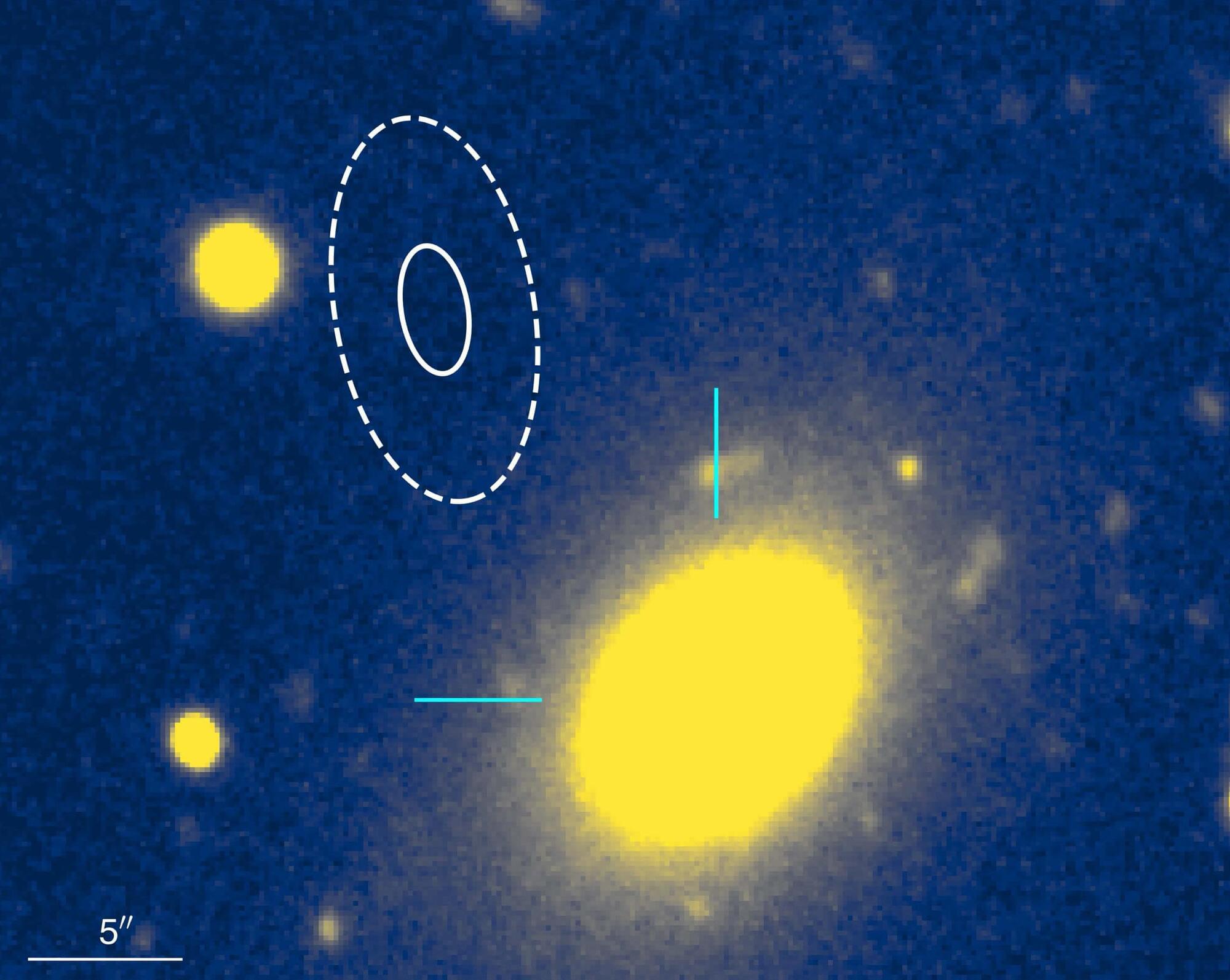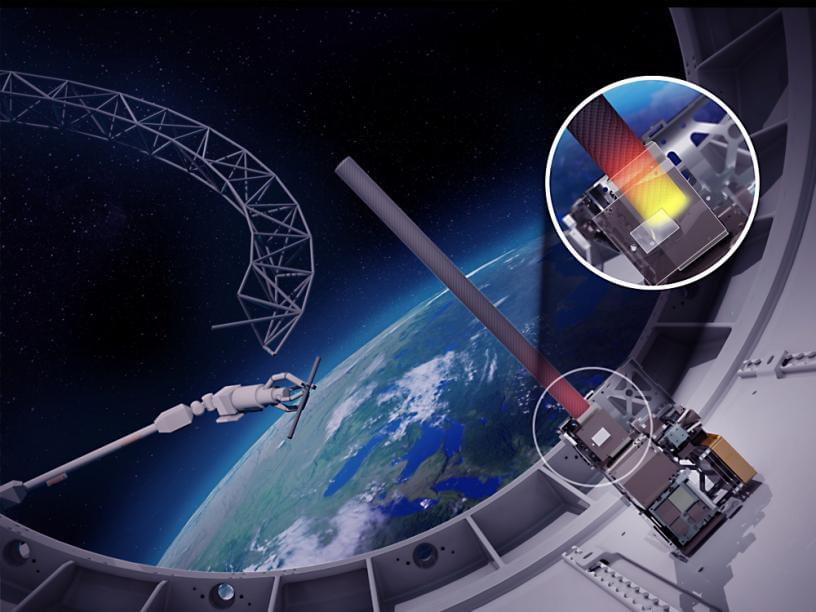A neutrino of record-breaking energy — 220 PeV — has been detected by the underwater KM3NeT telescope, marking a pivotal moment in astrophysics.
This tiny but powerful particle, born from the universe’s most extreme events, provides fresh clues about cosmic accelerators. While its exact origin remains unknown, scientists believe it could be the first detected cosmogenic neutrino. The discovery fuels new momentum for multi-messenger astronomy, with future observations expected to shed light on the deepest mysteries of the cosmos.
